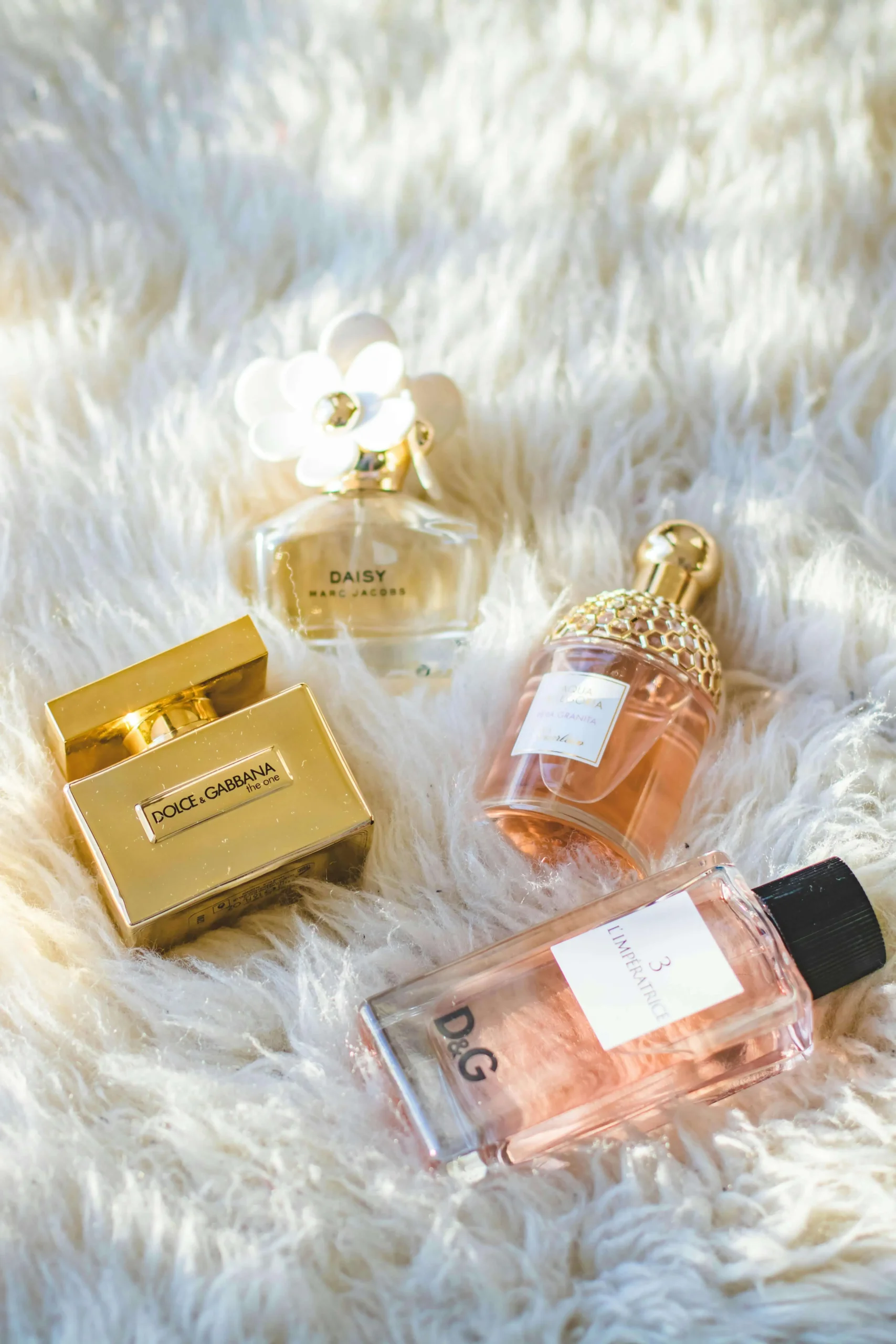Fragrance duplication is a fascinating blend of science and art, allowing enthusiasts to enjoy luxury scents affordably. This process involves replicating the essence of high-end perfumes with precision and creativity.
Fragrance dupes have become increasingly popular as they offer a way to experience luxury without the hefty price tag. The process involves replicating the scent profile of prestigious brands, providing an accessible alternative for scent lovers seeking sophistication, individuality, and quality. These expertly crafted alternatives capture the essence of designer perfumes, allowing consumers to enjoy elegant aromas and long-lasting notes at a fraction of the original cost, redefining affordable luxury.
The chemical processes behind fragrance duplication
Creating a fragrance dupe requires detailed chemical analysis. Perfumers break down the molecular structure of a luxury scent to identify its unique components. This involves using advanced techniques such as gas chromatography-mass spectrometry (GC-MS) to analyze the complex mixtures of aromatic compounds. The aim is to match each note of the original fragrance accurately, ensuring a high-quality replica such as a Louis Vuitton Symphony dupe, crafted for connoisseurs of refined scent
The success of these chemical processes is crucial for the quality of the dupe. Technology provides the necessary data, and it is the perfumer’s expertise that brings these molecules together to create a scent that mirrors the original. This combination of scientific knowledge and artistic skill is essential in crafting high-fidelity fragrance dupes.
Modern duplication laboratories employ sophisticated molecular mapping techniques to identify trace elements within premium fragrances. Using advanced spectroscopy and chemical separation methods, technicians can detect even the most subtle aromatic compounds. This precision allows for the creation of complex scent profiles that closely match their high-end counterparts, often achieving a similarity rate of over 95% in terms of molecular composition.
The role of artistry in scent replication
Fragrance creation is an art form that requires a deep understanding of how different aromatic compounds interact. Perfumers must recreate not just the smell but also the emotional experience of a luxury perfume. This involves balancing various elements to evoke similar sentiments and memories associated with the original scent.
Consistency is key in fragrance duplication. Each batch must deliver the same experience to maintain consumer trust. This demands a high level of skill and attention to detail from the perfumer. It is this dedication to quality that distinguishes high-quality dupes from mere imitations.
Master perfumers often spend years developing their olfactory expertise, training their noses to detect subtle nuances in fragrance compositions. This sensory mastery allows them to make minute adjustments to formulations, ensuring that each dupe captures not just the primary notes, but also the delicate undertones and temporal evolution of the original scent. The artistic process involves multiple iterations and refinements, with some dupes requiring dozens of modifications before achieving the desired similarity.
Consumer trends and market dynamics
The growing interest in fragrance dupes is driven by the desire for cost-effective luxury experiences. As economic pressures persist, consumers are increasingly seeking affordable alternatives that do not compromise on quality. This trend is reshaping the fragrance industry, with traditional brands facing competition from innovative dupe creators.
Niche brands offering expertly crafted dupes are gaining popularity, particularly among younger audiences who are more experimental with their scent choices. These brands leverage social media to reach their target market, offering variety and affordability. This shift is redefining the concept of luxury in the fragrance industry.
The digital age has transformed how consumers discover and purchase fragrance dupes, with online communities and social media platforms becoming vital sources of recommendations and reviews. These platforms have created a more informed consumer base that understands the complexity of fragrance composition and can appreciate the artistry behind quality dupes. Market research indicates that the fragrance dupe sector is growing at an annual rate of approximately 12%, outpacing traditional perfume market growth.
Innovation in fragrance duplication
Technological advancements have greatly improved the quality of fragrance dupes. Innovations in extraction methods and synthetic biology provide perfumers with greater flexibility in recreating complex scents at lower costs. These technologies enable detailed analysis of perfumes, allowing for accurate duplication while maintaining sustainability.
This focus on innovation ensures not only higher quality outputs but also broader accessibility. By making sophisticated aromas available to a wider audience, the fragrance industry is democratizing luxury, bridging the gap between exclusivity and affordability.

